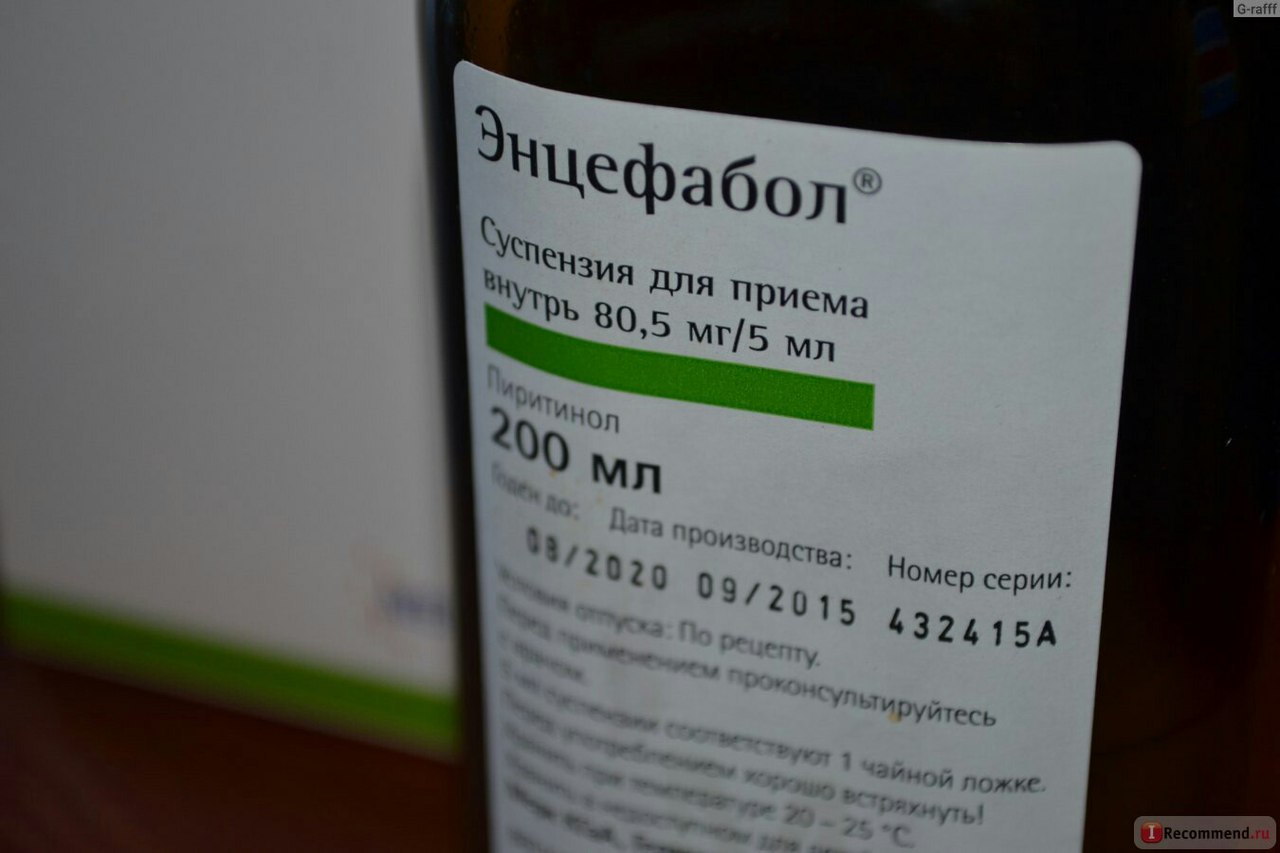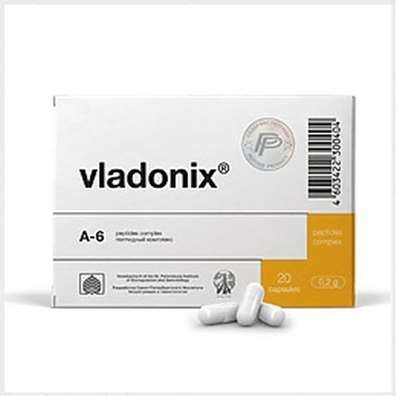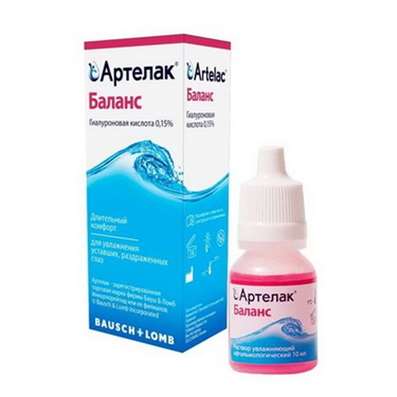Pyrithinol - Pyriditolum
06 Feb 2018
Pyrithinol (Pyriditolum)
Bis- (2-methyl-3-hydroxy-4-hydroxymethylpyridyl-5-methyl) -disulfide dihydrochloride.
Synonyms: Pyrithinol, Cerebol, Energol, Encephabol.
The structure of pyriditol differs from nootropic drugs GABAergicheskoy nature. It can be considered as a doubled pyridoxine molecule containing a disulfide "bridge" (pyridoxine polysulphide).

Pharmacologically, the drug is characterized by nootropic activity with a complex spectrum of psychotropic activity. It enhances the effects of phenamine, but also reduces spontaneous motor activity, prolongs the hypnotic effect of barbiturates, enhances the anticonvulsant effect of phenobarbital. The drug activates metabolic processes in the central nervous system, promotes the acceleration of the penetration of glucose through the blood-brain barrier, reduces the excessive formation of lactic acid, increases the resistance of brain tissue to hypoxia. There is evidence of a decrease in the content of GABA in the nervous tissue under the influence of pyriditol. B6-vitamin activity does not.
According to clinical effects, pyriditol is similar to antidepressants, which have sedative properties, but in the aggregate, its action is classified as nootropic drugs.
Piriditol is used for complex therapy in shallow depressions with retardation phenomena in asthenic conditions, adynamia, neurosis-like disorders, traumatic and vascular encephalopathy, residual phenomena after neuroinfections and cerebral circulatory disorders, cerebral atherosclerosis, migraine. Children are used to delay mental development, cerebrosthenic syndrome, oligophrenia, encephalopathy.
Contraindicated in severe psychomotor agitation, epilepsy, increased convulsive readiness.

 Cart
Cart





